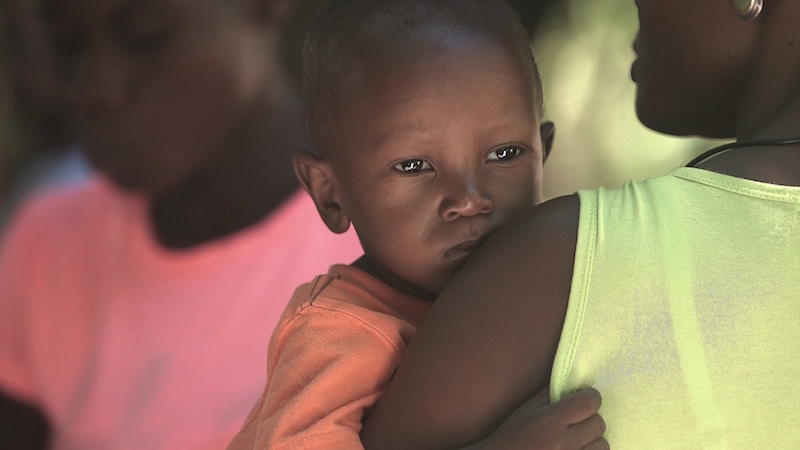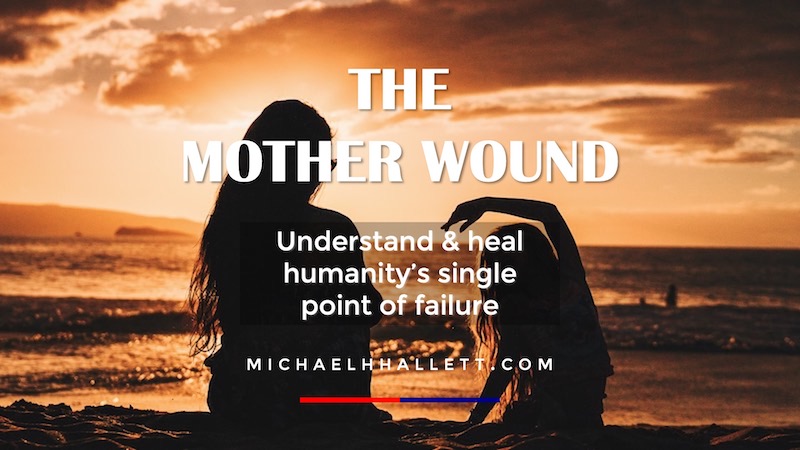The mother wound causes a fear of mothering
- 1 December 2020
- Posted by: Michael H Hallett
- Category: Mother wound ,

In What is the mother wound? I describe the psychological wound at the heart of humanity, an inability to nurture healthily that I term ‘the mother wound’. This wound has many ramifications, one of which is a fear of mothering itself.
History of childhood
Until recently, very little had been written about the history of childhood. Sociologist James Bossard questioned whether such a history could be written because of “the dearth of historical data bearing on childhood.”
In 1968, Lloyd DeMause proposed “an evolutionary theory of historical change in parent-child relations” to the Association for Applied Psychoanalysis. One of the hypotheses of this theory was:
“That the history of childhood is a series of closer approaches between adult and child, with each closing of psychic distance producing fresh anxiety. The reduction of this adult anxiety is the main source of the child-rearing practices of each age.”
Chattels
The mother-child wound is the ever-decreasing residue of this adult anxiety, as well as genetically inherited trauma from the mother’s life (generational and ancestral trauma).
The source of adult anxiety around childrearing can be traced back to the traumatization of the feminine that gave rise to patriarchy.
Our fear of mothering can be traced back to the traumatization of the feminine that gave rise to patriarchy around 6,000 years ago.
Children were so little valued they could be sold as chattels. DeMause writes that, “Child sale was legal in Babylonian times, and may have been quite common among many nations in antiquity”. It was legal in Russia until the 19th century.
Verboten
Childrearing anxiety stemmed from the fact that engaging with the child’s emotional needs engaged the parent’s—particularly the mother’s—emotions.
Warrior societies valued the capacity for violence towards one’s enemies above all else. Consequently, all displays of emotion were verboten—forbidden.
We like to think of ourselves as a culture that values children. Yet the slightest glance at historical childrearing practices shows they were aimed at ‘breaking in’ children so they would become compliant adults that didn’t challenge the emotional status quo.
We’re not talking about the dim and distant past, either.
Writing of her childhood in the 1950s in The Architect of Desire, Suzannah Lessard, eldest of five sisters, writes: “Thrashed, I thrashed my sisters.”
Fear of mothering
Both adult anxiety and the suppression of emotions are evident in phrases that were in common use well into my childhood—“children should be seen and not heard,” and the necessity to “keep the upper lip stiff” at all times. Neither of these occurs without emotional cost.
We’ve been dealing with this anxiety, in the form of our mother wound—and a fear of mothering—ever since. (I use the phrase ‘fear of mothering’ here to refer to parenting by mothers, fathers, children and any other surrogates who had the misfortune to be roped in.)
Go down to any playground today and you’ll see parents shrieking at their children at the slightest provocation.
The source of anxiety isn’t the child’s behaviour; it’s the parent’s fear of failing at mothering. This means that the less demanding the child is, the less anxiety the parents have.
The continuing use of babies’ dummies and toddler reins are both current examples of ways in which children’s natural expression is dampened to reduce parental anxiety and their fear of emotions.
What you’re seeing is the watered-down remains of ancient, anxiety-ridden parenting responses from the dawn of patriarchy. The closer we get to anxiety-free childrearing, the closer we get to healing our own mother wounds—and vice-versa.
ONLINE COURSE

Photo by Zach Vessels on Unsplash
